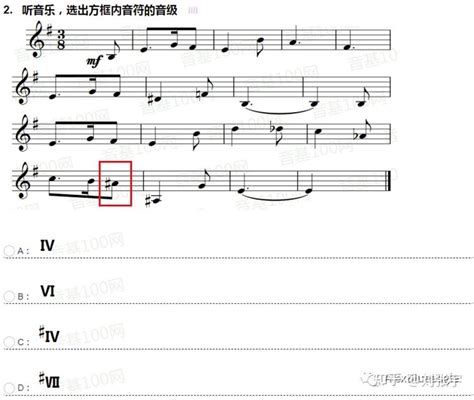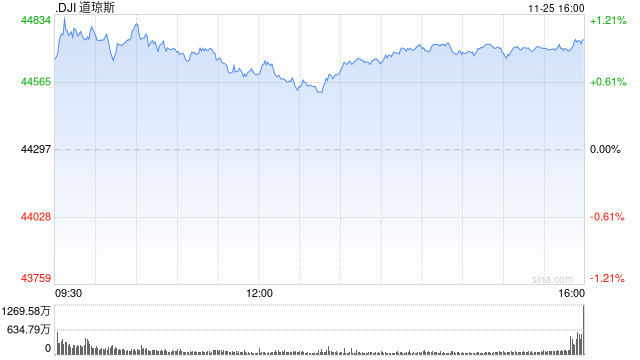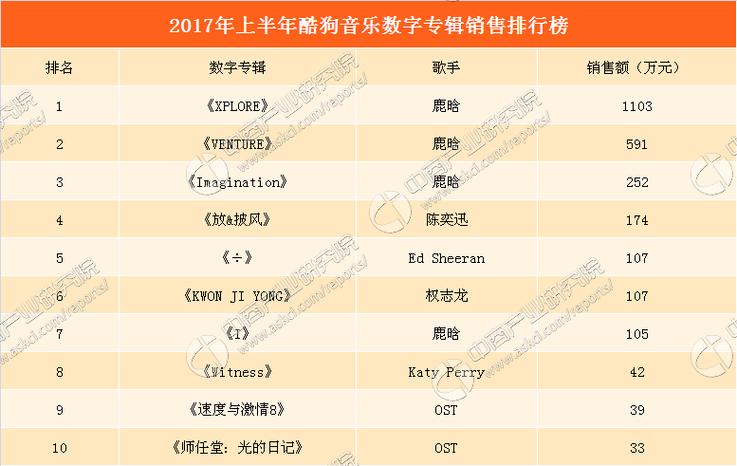A group of singers performing together, often with multiple vocal parts harmonizing with each other.
The spontaneous creation of musical ideas, melodies, or performances without prior planning or preparation.
By mastering these translations, musicians and music enthusiasts can effectively communicate and collaborate across linguistic barriers, enriching their understanding and appreciation of this timeless art form.
3.
旋律 (Xuánlǜ) Melody
5.
节奏 (Jiérhythm) Rhythm
The quality or color of a musical sound that distinguishes it from others, determined by its harmonics and overtones.
The combination of simultaneously sounded musical notes to produce chords and chord progressions.
A melodic or harmonic progression that gives a sense of resolution or closure to a musical phrase or section.
Any device or mechanism used to produce musical sounds, such as the piano, guitar, or violin.
A composition for a solo instrument or instruments accompanied by an orchestra, featuring a dialogue between the soloist(s) and the ensemble.
12.
乐器 (Yuèqì) Instrument
An introductory piece of music that precedes a larger musical work, such as an opera, ballet, or musical.
A contrapuntal compositional technique in which multiple independent musical voices or themes are introduced and developed in imitation.
A sequence of musical notes that are perceived as a single entity, conveying a memorable tune.
A largescale musical composition for orchestra, typically consisting of multiple movements and following a standardized form.
A large ensemble of musicians playing various instruments, typically divided into sections like strings, woodwinds, brass, and percussion.
The speed or pace of a musical piece, often indicated by beats per minute (BPM).
8.
音阶 (Yīnjiē) Scale
14.
合唱团 (Héchàngtuán) Choir
A series of musical notes arranged in ascending or descending order, forming the basis of melodies and harmonies.
1.
音调 (Yīndiào) Pitch
6.
音色 (Yīnsè) Timbre
2.
节拍 (Jiébèi) Beat
Music, as a universal language, encompasses a plethora of terms and concepts that traverse linguistic boundaries. Accurate translation of these terms is crucial for effective communication among musicians, scholars, and enthusiasts worldwide. Below, I've compiled a comprehensive list of commonly encountered music terminology along with their English translations:
15.
独奏 (Dúzuò) Solo
A selfcontained section or part of a larger musical composition, often characterized by its distinct thematic material.

Title: Translating Music Terminology into English
The basic unit of time in music, often grouped into measures or bars.
13.
管弦乐队 (Guǎnxiányuèduì) Orchestra
11.
音韵 (Yīnyùn) Cadence
10.
节目 (Jiémù) Movement
The pattern of beats and durations in music, giving it its distinctive groove and feel.
4.
和声 (Héshēng) Harmony
The set of notes based on a specific tonic, governing the overall tonal center of a piece of music.
20.
即兴 (Jíxìng) Improvisation
18.
赋格 (Fùgé) Fugue
19.
序曲 (Xùqǔ) Overture
16.
交响乐 (Jiāoxiǎngyuè) Symphony
7.
拍子 (Pāizi) Tempo
9.
调式 (Diàoshì) Key
17.
协奏曲 (Xiézòuqǔ) Concerto
A musical performance or passage featuring a single performer, often showcasing their technical skill or expressive interpretation.
Refers to the perceived frequency of a sound, determining its highness or lowness.











